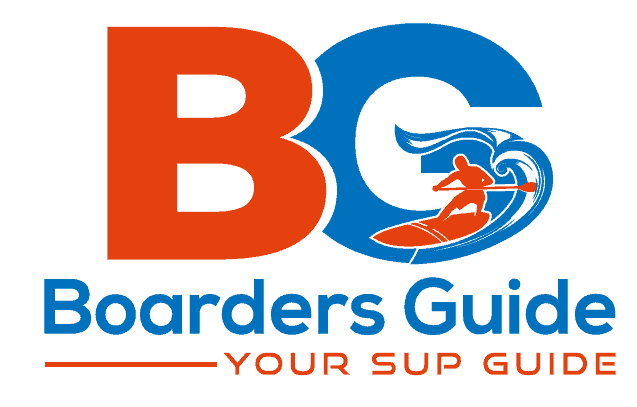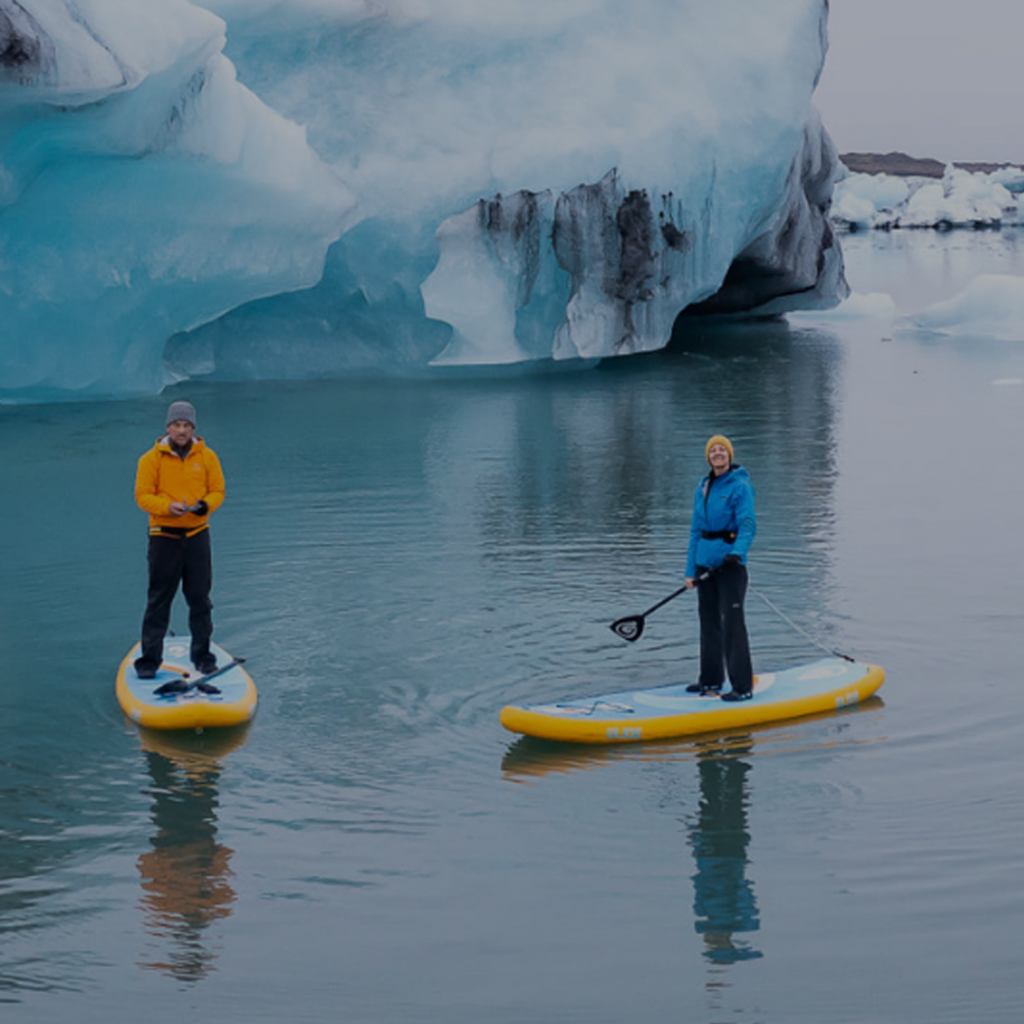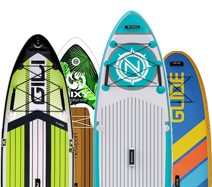It should go without saying, but your paddle is crucial part of your paddleboarding experience. And while it’s true that most SUPs come packaged with a paddle, some don’t (for reasons we’ll never understand) and other have a paddle that doesn’t fit with the need of the paddler.
That’s why today we’re going over the most types of paddles you may encounter and may wish to purchase or replace. In general, your paddle should make your experience as easy as possible. This can be done either by shape or weight, though there are other factors you may want to consider as well, such as price.
Material
This is the quickest and easiest way to tell if a paddle is going to work out for you or not. Often just seeing the type of material the paddle is made of can help you make a large portion of your decision.
Aluminum: This is generally seen the in the least expensive models. Aluminum has a decent weight to strength ratio, though it’s still the heaviest on the list. While it can be paired with other materials, it’s performance can be lacking, especially since these don’t float if they drop in the water.
Fiberglass: A step up from aluminum, these paddles are often seen with mid-tier boards. Although lighter weight, they tend to be the weakest and have a higher likelihood of breaking.


Carbon Fiber: These are generally considered to be the best selection for most people, with a price to match. What makes this type of paddle stand out is that it is both the lightest and strongest of all the other materials on this list. As a rule, anyone who is looking for a performance-driven paddle — and isn’t on a tight budget — should be looking in this direction.
Wood: Even though it’s not the lightest or strongest, wood paddles are beautiful and traditional. If you want to turn heads on the water, this would be your paddle of choice.
Length
In this area, the big question is whether to get an adjustable paddle or one with a fixed length. In general, this comes down to who is going to be using it. If you’re certain that you would be the only one to use it or that anyone else who would use it would be roughly the same height, than you may want to go for a fixed paddle. This will give you a lighter paddle that you wouldn’t have to worry about shifting around but the tradeoff is portability since you would have to carry around a paddle taller than you.
Adjustable would the perfect solution for a paddle that will be used by multiple people of various heights or for those who need to have a more portable option. Just remember that it will be heavier and that you may have issues if the locking mechanisms fail or aren’t secured properly.

Grip
This is probably the most difficult part to understand unless you’ve actually had the paddle in your hand. Most paddles use a T-shaped handle, though you can find other shapes. Some paddles give you the option to swap out the handle for a different one, thought most don’t. This means that you may just need to know what kind of handle the paddle uses before purchasing.
Summary
A paddle is something that’s easy to overlook or just accept because it’s what came with your board. But keep in mind that if you plan to spend a good deal of time on your SUP, even minor differences in weight and comfort can make a huge difference in both your performance and fun on the water.


